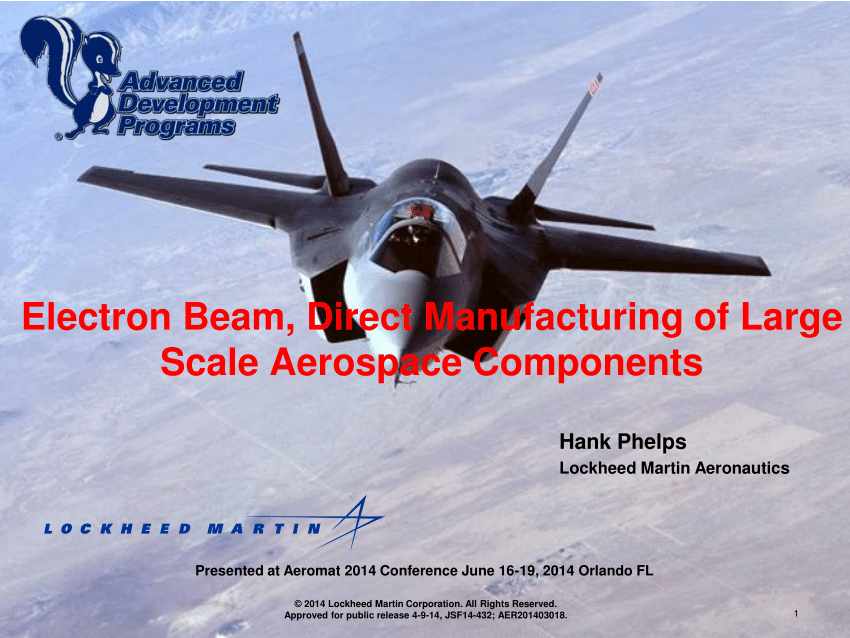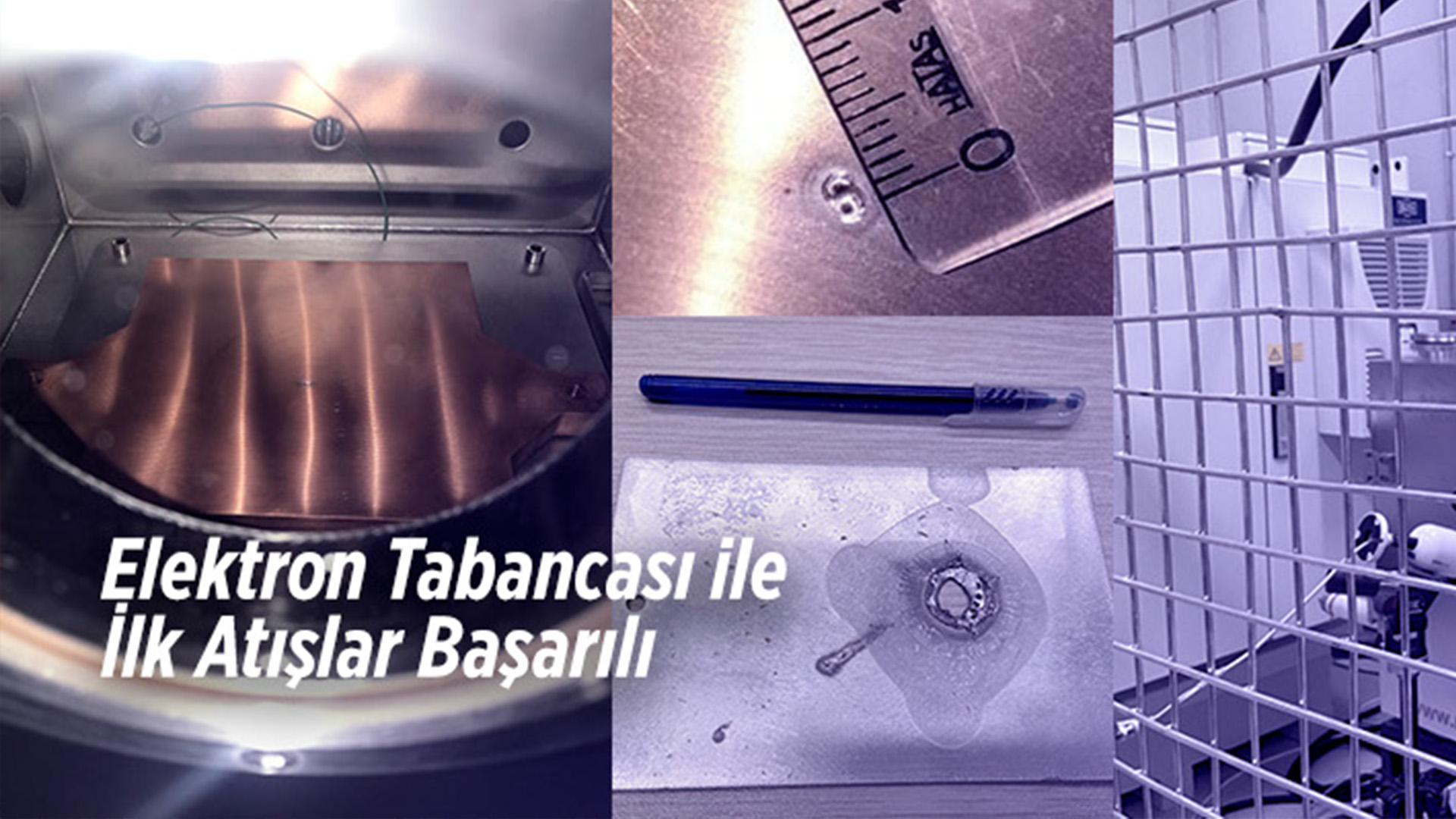Whats the source of this?
You are using an out of date browser. It may not display this or other websites correctly.
You should upgrade or use an alternative browser.
You should upgrade or use an alternative browser.
Whats the source of this?
Similiar bullshit (Turkey, Pakistan, Russia making a drone together) was said by Armenian lobby.

Congressmen call to block transfer of U.S. drone technology to Turkey - Public Radio of Armenia
Representatives David Cicilline (D-RI) and Gus Bilirakis (R-FL) are leading a bi-partisan call on th
We discussed this in reddit, I opened the thread:
https://www.reddit.com/r/ArmenianLies/comments/orgtf1
It seems they realised how stupid it sounds to claim Turkey cooperates with Russia in drones so they changed it with China.
They are literally mocking the intelligence of US senates.
Whats the source of this?
AIRFORCES MONTHLY FEBRUARY 2022 (https://www.key.aero/article/airforces-monthly-february-2022)
I expect TFX somewhere around 45% - 60% for this max fuel/mass range ratio I mention here in F-35 vis-a-vis KF-21:

 defencehub.live
defencehub.live
as TFX current conceptual length is around 21 m, which is similar to J-20 length

Indonesian Air Force, Tentara Nasional Indonesia-Angkatan Udara (TNI-AU)
US got some progress but not the French So No Florence parly for indo and malay for this January?
 defencehub.live
defencehub.live
as TFX current conceptual length is around 21 m, which is similar to J-20 length
There is no official organization confirming that the Turkish side has developed drones with Pakistan and China. Apart from Mius, there is no drone project of the size of Loyal Wingman that has been officially announced.
I don't see any probability for such a cooperation. Because Turkey has been developing its own project MIUS (Baykar Technologies) and it will be a type of loyal wingman for Turkish fighter MMU. Maybe, but less possibility, Pakistan might join this project but i don't think so neither.
NitricAcid
Active member
I expect TFX somewhere around 45% - 60% for this max fuel/mass range ratio I mention here in F-35 vis-a-vis KF-21:

Indonesian Air Force, Tentara Nasional Indonesia-Angkatan Udara (TNI-AU)
US got some progress but not the French So No Florence parly for indo and malay for this January?defencehub.live
as TFX current conceptual length is around 21 m, which is similar to J-20 length
I give more context on this in new thread, hope interested members add to larger conversation + analysis there with time:

Aircraft Performance Analysis
This is for easy reference going forward on the larger field of aircraft performance analysis. i.e Comparing design impact/trends on their performance and with underlying data and relevant discussion that pertains to analysis and any salient conclusions. I didn't elect to commence this in any...
 defencehub.live
defencehub.live
Tai is getting world's largest 3d printer, this is gonna print TFX's most critical parts.
"The EBAM machine is going to TAI’s Ankara, Turkey plant, where it will 3D print some of the largest titanium aerostructures in the industry. The machine’s work envelope stretches beyond 6 meters in length by 2 meters in width by 1.8 meters in height. Deposition rates will exceed 20 kg of metal per hour for many metal alloys. On top of the impressive technical specifications, this unique 3D printer can quickly switch over to an Electron Beam Welder (EBW) for large-scale welding applications. TAI will also have the advantage of combining EB welding and 3D printing functionality for applications that require both technologies."
Mr. Kotil once talked about this issue
"TfX MMU has the bigger engine than the two F16 engines. We use a lot of titanium for this. It is necessary to press a titanium piece of five meters by seven meters (bulkhead). A few countries in the world have this press, but they do not press it to us. We will do it with a 3D printer, under vacuum. We did not create a new invention. We are currently purchasing 3D printer titanium technology. Innovation is needed for work that we have no chance to do.”

"TfX MMU has the bigger engine than the two F16 engines. We use a lot of titanium for this. It is necessary to press a titanium piece of five meters by seven meters (bulkhead). A few countries in the world have this press, but they do not press it to us. We will do it with a 3D printer, under vacuum. We did not create a new invention. We are currently purchasing 3D printer titanium technology. Innovation is needed for work that we have no chance to do.”
Scott Phillips, President of Sciaky, Inc. “We applaud TAI’s vision for innovation and their ambitious plans to 3D print some of the largest titanium aerostructures in the world.”
Seems like 3D printing of such bulkheads has not been done before.
However 3D printing may possibly enable weight savings.
Seems like 3D printing of such bulkheads has not been done before.
However 3D printing may possibly enable weight savings.
BalkanTurk90
Contributor
Cant Turkey just build itself this titanium 3D printer ?! Or just is buying it to save Time ?!
Same process from Same company was used in replacing some forged titanium parts for F-35Tai is getting world's largest 3d printer, this is gonna print TFX's most critical parts.
Electron Beam Direct Manufacturing As an Alternative to Forging
Lockheed Martin expects to reduce titanium part-production costs for the F-35 fighter by applying this additive manufacturing technology in place of forging.
#metal #largeformat
Sciaky Inc., a company based in Chicago, Illinois, has fewer than 60 employees today, but company leaders are preparing for its workforce to double or triple in the years to come. The company specializes in large-scale welding systems, but soon, the bulk of its activity might focus on a welding-derived technology for additive manufacturing. “Electron beam direct manufacturing,” or EBDM, holds considerable promise for defense aeronautics company Lockheed Martin—which intends to use it to reduce titanium part-production costs for the F-35 Joint Strike Fighter. Lockheed Martin has joined Sciaky in a U.S. Department of Defense “Mentor-Protégé” agreement aimed at advancing the technology to realize these savings.
EBDM uses an electron beam to melt a titanium wire within a vacuum environment, applying titanium in a continuous feed that might be 1/8 inch high by 1/2 inch wide. By adding layer upon layer of titanium in this way, EBDM can build complex titanium parts quickly, including aircraft structural parts. The only limit on the size of the part is the size of the chamber used to contain the vacuum.
In aircraft production, savings would come from replacing forgings. EBDM, unlike forging, does not require a die. Also, while the EBDM part does have to be CNC machined to its finished dimensions, the amount of machining is not nearly as great as that of forging, because the excess stock on an EBDM part is much less. Therefore, the additive process reduces die costs, material costs and machining costs together—any one of which might produce significant savings. On just one F-35 component, the 10-foot-long flaperon spar, Lockheed Martin has projected EBDM to save $100 million across the production life of the plane. At least 10 other forged titanium parts on the F-35 have been identified for similar potential replacement with EBDM structures.
The technology has been under development for 10 years, Sciaky says. The breakthrough came in the last 2 to 3 years, with the development of adaptive closed-loop control over key thermal and positioning parameters of the process. This control elevated EBDM from a niche process requiring an expert operator to a means of making parts that is viable for production. According to the company, grants from the U.S. government’s Small Business Innovation Research program were critical in funding this part of the technology’s development.

Electron Beam Direct Manufacturing As an Alternative to Forging
Lockheed Martin expects to reduce titanium part-production costs for the F-35 fighter by applying this additive manufacturing technology in place of forging.

(PDF) Electron Beam, Direct Manufacturing of Large Scale Aerospace Components
PDF | Electron Beam, Direct Manufacturing (EBDM) of titanium components is currently being qualified for the F-35 Lightning II program. Candidate... | Find, read and cite all the research you need on ResearchGate
We are trying with some intermediate results, there is work going on yet. There are different aspects of the process from powder making to beam generators and there is work going on in all these aspects.Cant Turkey just build itself this titanium 3D printer ?! Or just is buying it to save Time ?!
Mr Kotil said in a statement that titanium bulkheads of MMU is 7mx5m. Later, In a statement made in the middle of 2021, he stated that the same bulkheads will be 5mx3m. Probably, optimization was made in the design during this process.
F22 titanium bulkhead, ~3000kg, 4m widex1.7m height

F35 titanium bulkhead, 6mx2,1m : The bulkheads in the F35B variant were cracked in the trials, so the Bulkhead design was changed and had to be retested.
I think the main titanium bulkhead to be used in MMU will be max 2,5-3 tons, this part can be produced in 125-150h with a newly purchased 20kg/h titanium 3D printer.
F22 titanium bulkhead, ~3000kg, 4m widex1.7m height
F35 titanium bulkhead, 6mx2,1m : The bulkheads in the F35B variant were cracked in the trials, so the Bulkhead design was changed and had to be retested.
I think the main titanium bulkhead to be used in MMU will be max 2,5-3 tons, this part can be produced in 125-150h with a newly purchased 20kg/h titanium 3D printer.
Aselsan is conducting R&D on electron beam guns but we have a long way to go. Producing a small 3D printer will be possible today but that 3D printer is huge.

 www.defenceturk.net
www.defenceturk.net

ASELSAN'ın Elektron Tabancası Geliştirme Projesinde ilk ateşleme başarılı
ASELSAN tarafından yürütülmekte olan Elektron Tabancası Geliştirme Projesinde ilk ateşleme testleri başarı ile gerçekleştirildi.
 www.defenceturk.net
www.defenceturk.net
TÜBİTAK 1004 support for the project of our faculty member | SU-IMC
A project that will be implemented by Bahattin Koç, Sabancı University Engineering and Natural Sciences (FENS) and SU IMC faculty member is entitled to support within the framework of the TÜBİTAK 1004 Program. The project is entitled "New Generation 3-D Printer Manufacturing Technologies Platform". The aim of the "New Generation 3-D Printer Manufacturing Technologies Platform" project is to develop new generation additive manufacturing technologies for manufacturing high value-added, critical aviation/defense industry products. The project is planned to last 48 months and will bring Technology Readiness Level (TRL) of additive manufacturing technologies and applications to TRL-6. The platform is funded by TÜBİTAK 1004 Program with a total budget of more than 51 million Turkish Liras. The platform will be coordinated by Gazi University and in addition to Sabancı University, Aselsan A.Ş., Ermaksan A.Ş., Roketsan A.Ş., TUSAŞ, TEİ, Erzurum Technical University and TÜBİTAK-MAM will be partnering companies and institutions. The project will be carried out at Sabancı University Integrated Manufacturing Technologies Research and Application Center (SU IMC) under the leadership of Prof. Bahattin Koç. Dr. Murat Işık, SU IMC researcher, Prof. Mustafa Ünel, FENS member and SU IMC researcher, and Asst. Prof. Eda Aydoğan Güngör, faculty member from METU, will take part in the project as researchers. Sabancı University’s budget in the project is 5,77 million Turkish Liras. Prof. Bahattin Koç mentioned the importance of the project: “With this platform, it will be possible to additively manufacture critical aerospace and defense parts with complex geometries with improved properties. The additive manufacturing technologies and materials developed with this platform can be directly used and commercialized in aerospace aviation/defense industries by the partner companies of the platform”.








